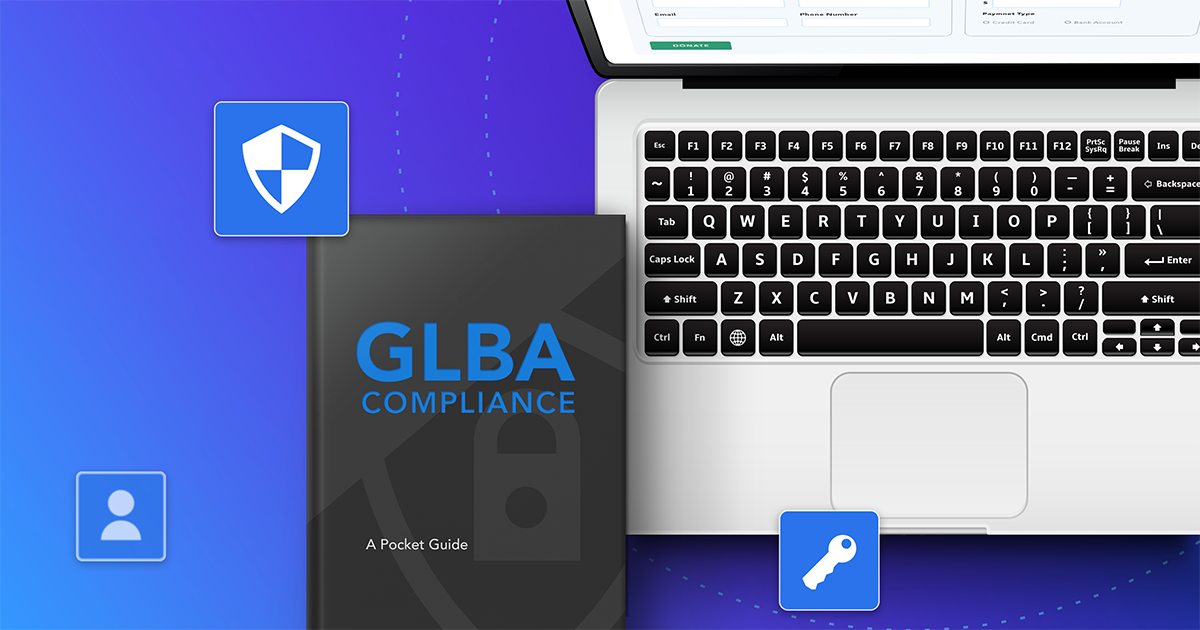25 years after the Gramm-Leach-Bliley Act (GLBA) passed, it remains a cornerstone in safeguarding consumer financial privacy. Among its crucial provisions lies the Safeguard Rules, designed to ensure the security and confidentiality of customer data. This guide condenses the most important aspects of these rules and explains what their implications are for data collection processes.
Quick History of GLBA Safeguard Rules
Enacted in 1999, the GLBA aims to enhance consumer privacy and protect sensitive financial information. At its core are the Safeguard Rules, outlining requirements for financial institutions to develop, implement, and maintain comprehensive information security programs tailored to their size, complexity, and operations.
Why GLBA Still Matters Today
In 2024, as financial transactions shift predominantly online, safeguarding consumer financial data remains paramount. The GLBA’s Safeguard Rules mandate strong security measures that keep customer information confidential and secure, increasingly important as cyber attacks become more innovative and complex. Compliance is not just essential; it’s a trust-building necessity to close the gaps for data breach risks.
Not only do Financial Services companies face higher costs from data breaches, its regulatory compliance fines, and less quantifiable losses through reputation around data security can cause organizations to shutter and never recover from a breach.
60% of small businesses close within six months of being hacked.
- IDBR Data Report
To tackle these challenges, consider streamlining compliance processes with automated tools, enhancing data security through encryption and multi-factor authentication, data masking, and integrating tools where possible to reduce the surface area of attack for threat vectors. Employees can be your greatest line of defense. Providing educational resources to empower staff with the necessary knowledge and skills is a must.
Key Components of the Safeguard Rules
| Component | Description |
|---|---|
| Risk Assessment | Identify internal and external threats to customer information and assess their potential impact. Consider factors like impact, likelihood of occurence and plan in place. See NIST's guide here. |
| Data Security Measures | Implement safeguards such as encryption, strict access controls using Principle of Least Privilege (POLP), and secure disposal methods to protect customer data. |
| Employee Training | Educate employees about their roles and responsibilities in safeguarding customer information and recognizing cybersecurity threats. Check out this list of free cybersecurity awareness courses. |
| Oversight and Monitoring | Establish mechanisms to oversee and monitor the information security program for ongoing compliance. Create monitoring for access logs and security incidents. |
| Incident Response Plan (IRP) | Develop a plan to address security breaches or unauthorized access to customer information promptly. CISA's provides a guideline to IRP Basics here. |
By implementing these practical tips, organizations can strengthen their data security measures and ensure compliance with the GLBA Safeguard Rules, ultimately protecting consumer financial information and fostering trust with customers.
Implications for Data Collection Form Builders
For organizations involved in data collection, adherence to the GLBA Safeguard Rules is indispensable. Whether you're a financial institution or a service provider catering to the finance industry, integrating compliance measures into your data collection processes is essential. Secure data collection, privacy by design, compliance documentation, continuous monitoring, and education and training are crucial aspects to consider.
🛡️ Best Practices for Data Collection Security
- Data Encryption: Encrypt all collected data during transmission and storage
- Access Controls: Implement strict access controls to limit data access.
- Regular Audits: Conduct frequent audits to identify and address security vulnerabilities.
- Data Masking: Implement data masking techniques to obfuscate sensitive information.
- Secure Disposal Methods: Customer data no longer needed should be deleted to prevent unauthorized access.
Conclusion
The GLBA Safeguard Rules offer a vital framework for protecting consumer financial information. Upholding principles of security, privacy, and compliance is crucial for financial institutions and data collection form builders. By following the guidance provided, organizations can navigate the complex threat landscape of data collection with confidence and integrity. Looking for more than a pocket guide? Our full-blown guidance to GLBA can help fill in any gaps!
Watch our latest webinar, Seamless and Secure Financial Data Collection on-demand where we explore the unique data collection challenges faced by financial institutions.
Ready to try it out? See our data collection solution in-action, designed with compliance at the core of every feature.



